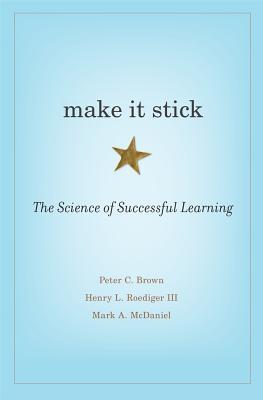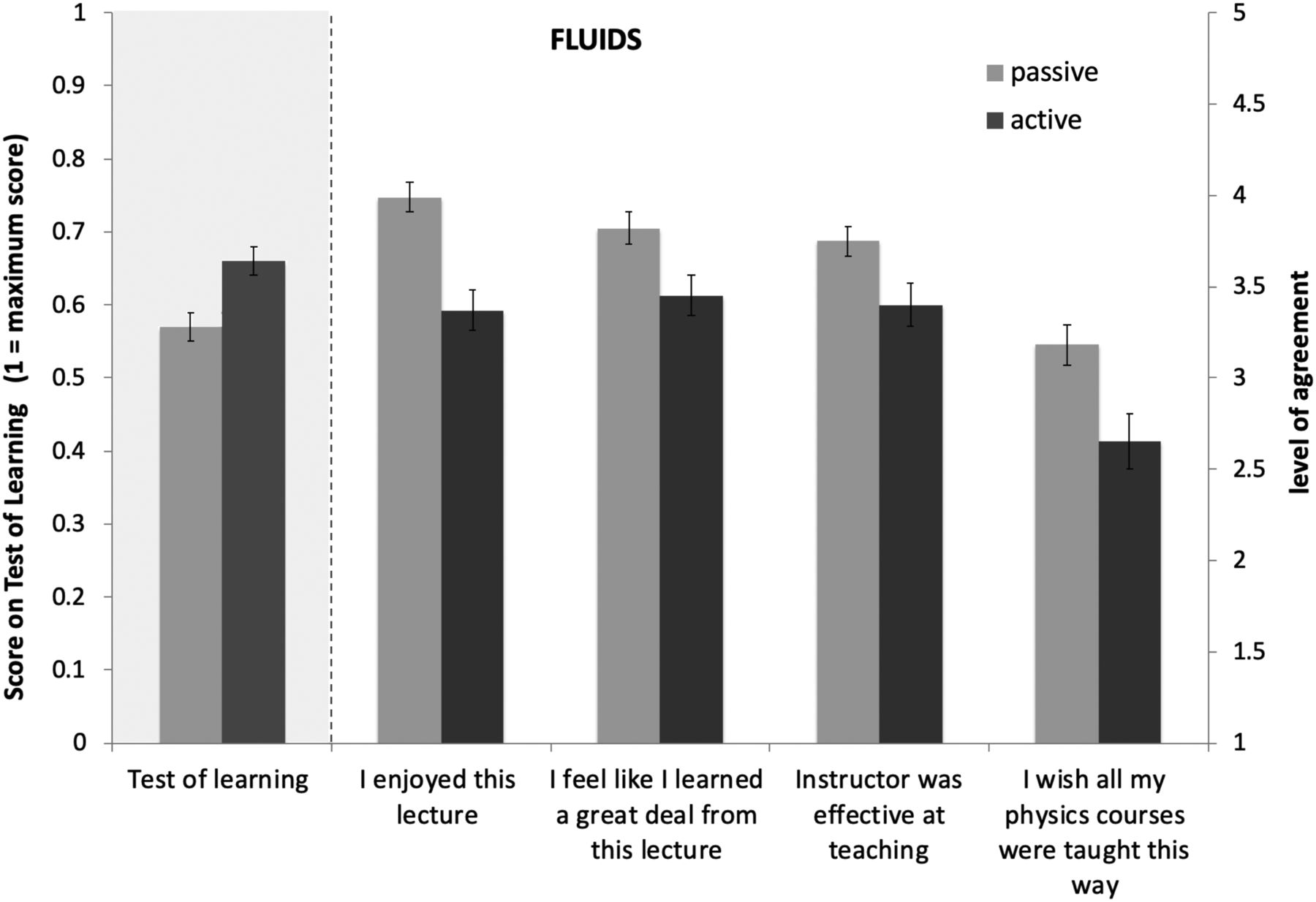Make it Stick
Make It Stick: The Science of Successful Learning by Brown, Roediger, and McDaniel (2014).

Many of these ideas are also expressed by a series of short videos by Prof. Chew of Samford University.
Why do we cram and forget?
- low level of interest
- quick and easy: “it’s worked for me”
- it’s what teachers have trained us to do
- many tests are low-level of complexity (i.e., recall only)
- most courses are non-cumulative
- Graham
Etymology of “lecture”?
More or less??
- Distinguish these words in terms of how they are more or less productive? (3m)
- Craft a narrative for each of the two groups (i.e., two stories that define and exemplify the terms). (5m)
| blocked/mass practice | cramming |
| highlighting | interleaved practice |
| varied practice | building mental model |
| rereading texts | spaced practice |
| elaboration | summarizing |
Distinctions
- spaced
- recall on threshold of forgetting
- interleaved
- mixing skills (e.g., fast ball, curve ball, slider)
- varied
- mixing approaches to one skill (e.g., throwing basketball from different distances)
. . .
Mnemonic?
Interest != effectiveness
Interest and motivation are necessary, but not sufficient—as we’ll see from Chew.
Learning styles = bogus
Learning mindset
Fixed vs. growth
| Fixed | Growth |
|---|---|
| avoid challenges | embraces challenges |
| gives up easily | persists in obstacles |
| see effort as fruitless | sees effort as necessary |
| ignores useful criticism | learns from criticism |
| threatened by others | inspired by others’ success |
(Recommended interventions have not been robustly replicated, but I find it to be a helpful motivational frame.)

